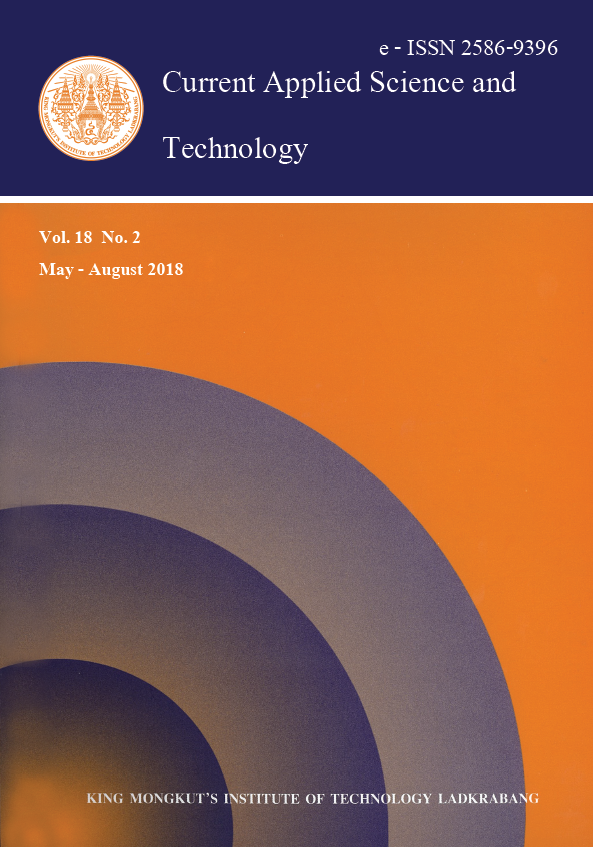A simple, sensitive, precise and accurate reversed phase high performance liquid chromatographic(RP-HPLC) method has been developed for the dissolution study of Bosentan in bulk and in pharmaceutical dosage forms. The method was developed using the mobile phase comprising of Triethylamine buffer pH adjusted to 2.5 with ortho phosphoric acid and acetonitrile in the ratio of 50:50 v/v over Waters Symmetry C8 column (150 mm length x 4.6 mm i.d x 5 μm particle size) at temperature 40 ํC. The flow rate was 1.5 ml/ min and UV detection was at 266 nm. The retention time of Bosentan was 4.475 mins. The recovery was found to be 99.98 % which is demonstrative of accuracy of the protocol. Inter-day and intra-day precisions of the newly developed method were less than the maximum allowable limit (%RSD < 2) according to ICH guidelines. The method showed linearity in the concentration range of 35-210 μg/ ml with correlation coefficient(r2) value of 0.9999. No interference was observed from the blank (dissolution medium) and placebo samples. Hence the method was specific for determination of % release of Bosentan tablets in dissolution study. In robustness study for dissolution condition there was no significant change was observed in % release after individually changing the dissolution parameters. Calculations for system suitability parameters met the acceptance criteria. The percentage drug release was found to be 99.41 % for marketed Bosentan tablet. Several trials were performed by changing the dissolution medium; the 1 % SLS dissolution medium shows successful drug release. All the validation parameters were within the acceptance range. Therefore, the method was found to be simple, precise, accurate, reproducible, sensitive and less time consuming and can be successfully applied for routine quality control and analysis and dissolution study of Bosentan in bulk and in pharmaceutical dosage form.
Keywords: Bosentan, RP-HPLC, Method development, Validation, ICH guidelines, Dissolution studies.
*Corresponding author: Tel.: +91 9443454675 Fax: +914288-234417
E-mail: anandkarunakaran@gmail.com
Anandakumar*, K. ., Jambulingam, M. ., Rmaesh, J. ., Subarla, S. J. ., Sangeetha, P. ., & Raja, M. . (2018). Development and Validation of RP-HPLC Method for the Dissolution Study of Bosentan in Bulk and in Pharmaceutical Dosage Form. CURRENT APPLIED SCIENCE AND TECHNOLOGY, 97-110.
